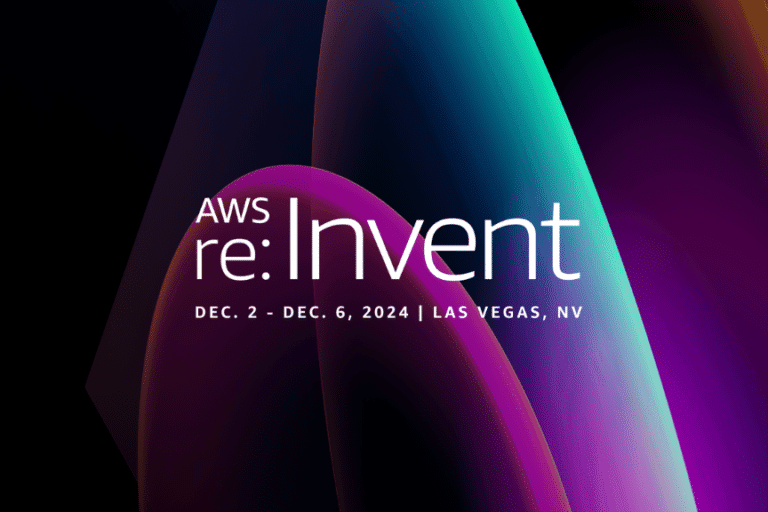In today’s dynamic cloud computing landscape, understanding and managing EC2 instance costs is critical for businesses leveraging Amazon Web Services (AWS). Optimizing EC2 costs can significantly impact overall cloud expenditure for startups and established enterprises.
This guide aims to provide a comprehensive overview of EC2 instance costs, offering insights and strategies to manage these costs effectively.
Table of Contents
What is Amazon EC2?
Amazon Elastic Compute Cloud (EC2) is a cornerstone of AWS’s cloud computing platform, providing scalable virtual servers (instances) on demand. EC2 allows users to run applications on AWS’s computing environment, offering various instance types that cater to different needs. EC2 stands out for its flexibility, scalability, and a vast selection of instance types, making it a popular choice for businesses of all sizes. For a more comprehensive understanding of Amazon EC2, explore our detailed Amazon EC2 Guide.
Understanding EC2 Instance Types and Their Impact on Costs
AWS’s Elastic Compute Cloud (EC2) offers a variety of instance types, each designed to cater to specific needs and workloads. These range from general-purpose instances to specialized types like compute-optimized, memory-optimized, storage-optimized, and GPU instances. The choice of instance type is a primary factor in determining the EC2 instance cost, as it dictates the computing resources and capabilities available to your applications.
Exploring EC2 Pricing Models
EC2 pricing is flexible, allowing businesses to choose the model that best fits their needs:
- On-Demand Instances: This model offers maximum flexibility without any upfront payment. It’s ideal for short-term, sporadic workloads but typically has the highest EC2 instance cost per hour.
- Reserved Instances: By committing to a one or three-year term, businesses can enjoy lower EC2 instance costs compared to On-Demand pricing. This model is suitable for predictable workloads.
- Spot Instances: For flexible workloads that can tolerate interruptions, Spot Instances provide the lowest EC2 instance cost by allowing businesses to bid on unused EC2 capacity.
- Savings Plans: These plans offer reduced pricing in exchange for a commitment to a consistent amount of usage (measured in $/hour) over a one or three-year period.
Key Factors Influencing EC2 Instance Costs
Several factors impact the cost of running EC2 instances:
- Instance Type and Size: The CPU, memory, and storage configuration directly affect the EC2 instance cost.
- Operating System: Different operating systems (like Linux, Windows, etc.) have varied pricing.
- Region: AWS prices vary across regions, reflecting each geographic area’s operational costs and demand.
- Pricing Model: The choice between On-Demand, Reserved, Spot, or Savings Plans significantly influences the overall EC2 instance cost.
Calculating and Estimating EC2 Costs
Effective cost management starts with accurate estimation. AWS provides tools like the EC2 Pricing Calculator and AWS Cost Explorer, which allow businesses to estimate and analyze their EC2 instance costs. These tools consider factors like instance types, regions, and usage patterns, providing a comprehensive view of potential expenditures.
Strategies for Optimizing EC2 Instance Costs
- Right-Sizing Instances: Regularly evaluate and adjust your EC2 instances to match your workload requirements. Over-provisioning leads to unnecessary EC2 instance costs, while under-provisioning can affect performance.
- Auto-Scaling: Implement auto-scaling to adjust the number of active instances in response to real-time demand, optimizing both performance and cost.
- Combining Pricing Models: Use a mix of On-Demand, Reserved, and Spot Instances to balance cost and performance needs. For example, cover baseline usage with Reserved Instances and handle peaks with Spot or On-Demand Instances.
- Cost Monitoring and Analysis: Regularly review your EC2 instance costs using AWS Cost Explorer. Identify patterns and areas where adjustments can lead to cost savings.
Leveraging Cloudvisor for EC2 Cost Optimization
As an advanced-tier AWS partner, Cloudvisor specializes in helping startups and businesses optimize their AWS infrastructure, with a keen focus on EC2 instance cost management. Our expertise in AWS services ensures that your business can scale efficiently while maintaining control over costs. For an in-depth exploration of EC2 instance pricing strategies, visit our guide here.
Conclusion
Effectively managing EC2 instance costs is crucial for maximizing the benefits of AWS. By understanding different instance types, pricing models and employing cost-saving strategies, businesses can ensure their AWS infrastructure is powerful and cost-efficient. Combined with strategic planning, regular monitoring, and adjustments can lead to significant savings and a more optimized cloud environment.







